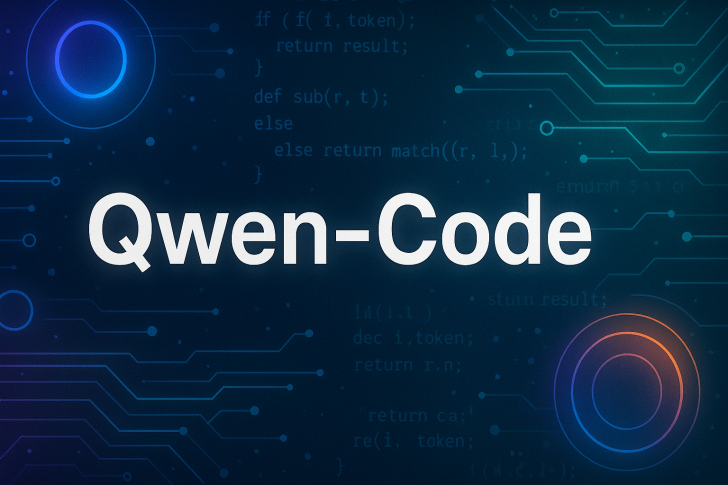The latest updates (v0.0.12–v0.0.14) introduce planning capabilities, vision intelligence, and better developer integrations. These changes aim to make AI-assisted coding more reliable and practical for real-world projects.
What's New
AI coding assistants are getting smarter, and Alibaba's Qwen Code just made a significant leap forward. The standout feature is Plan Mode, which lets the AI sketch out an implementation strategy before touching any code. Developers can review and approve this roadmap first, giving them more control over what gets changed. It's a simple idea that solves a common problem—AI moving too fast without checking in.
Another major addition is Vision Intelligence, powered by Qwen3-VL-Plus. The system can now handle images at high resolution, processing up to 256K input tokens and generating 32K output tokens. It automatically switches to vision mode when needed, making it useful for tasks like object detection or analyzing visual data alongside code.
For those using the Zed editor, integration is now smoother, with support for both OpenAI and Qwen OAuth. Developers also get finer control over workflows—toggle loop detection, confirm overwrites, and adjust behavior to suit different coding styles.
Under the hood, the update addresses a range of bugs: multi-line paste issues on Windows, authentication hangs in Zed, malformed tool calls, token limit errors, ripgrep loading problems, and escape character glitches. Performance tweaks include better subagent handling, improved Markdown rendering, and faster image processing.
Why It Matters
These updates reflect a shift in how AI coding tools are built. Instead of just generating code faster, Qwen Code now emphasizes collaboration and transparency. The planning step adds a layer of trust, while vision capabilities open doors to more complex, multimodal workflows. For developers juggling multiple tools and frameworks, the flexibility matters.
Qwen Code's latest release shows that AI assistants are moving beyond raw speed toward smarter, more structured collaboration. With planning, vision intelligence, and practical fixes, the platform is becoming a more dependable partner for serious development work. It's a sign that AI coding tools are maturing—and getting ready for broader, more demanding use cases.
 Saad Ullah
Saad Ullah

 Saad Ullah
Saad Ullah


